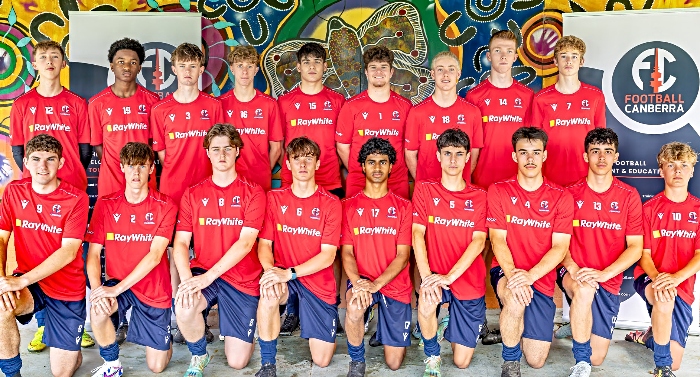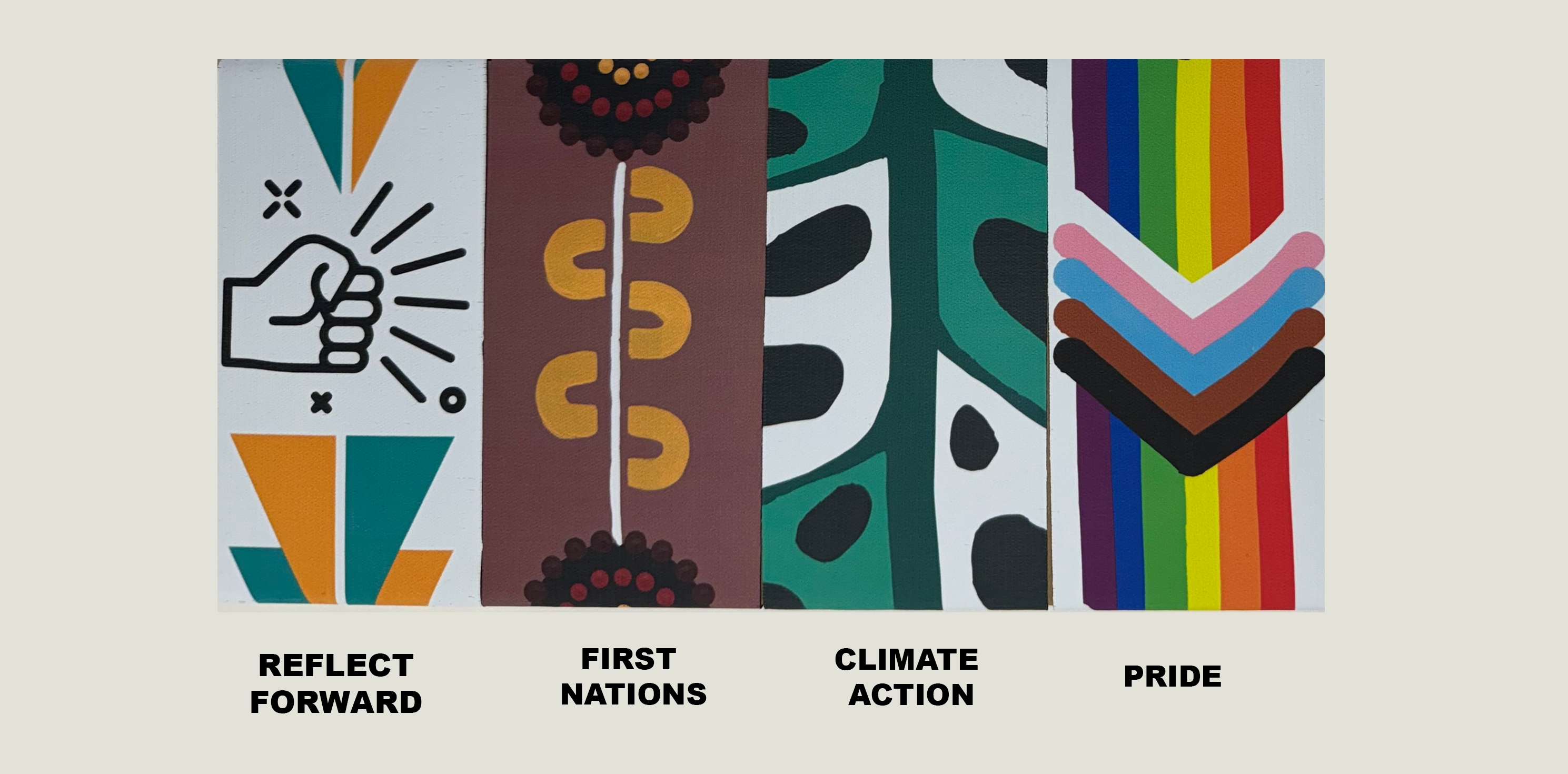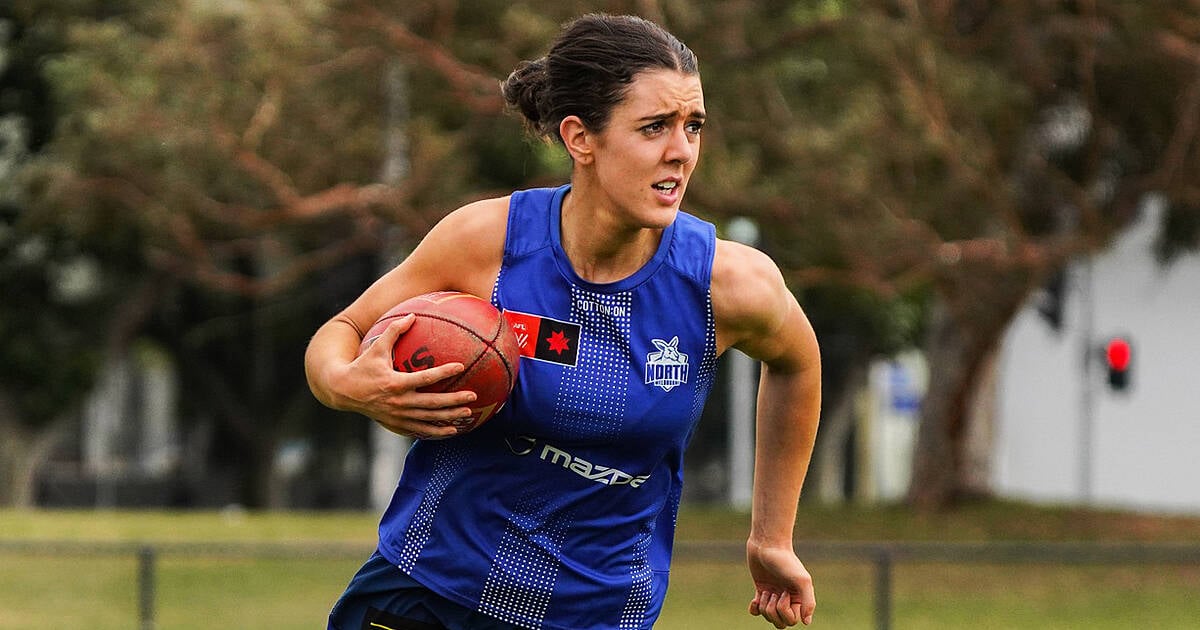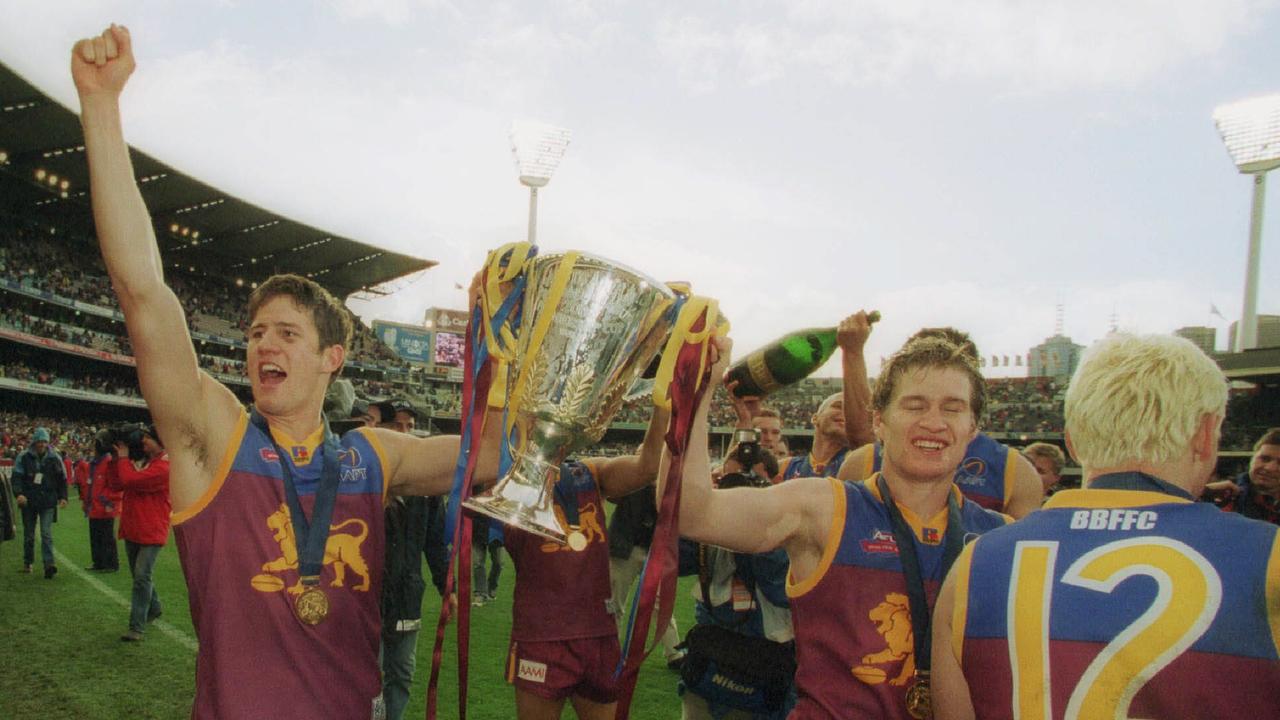Three young men from this NT footy team died last year. Anywhere else, there would be outcry

- by Admin
- June 1, 2024
As dusk falls over north-east Arnhem Land, the Yirrkala footy oval comes to life.
WARNING: Aboriginal and Torres Strait Islander readers are advised that this article contains the name of an Indigenous person who has died, used with the permission of their family.
This article also contains references to suicide.
The sounds of local Yolŋu surf rock band King Stingray blare from the back of a beat-up four-wheel drive as kids and teenagers flock to the AFL field of the coastal Aboriginal community, 1,000 kilometres east of Darwin.
They’re here to watch the men of the Djarrak football club dart and dodge – just like the Djarrak bird, or sea tern, the team is named for.
This evening, they’re playing a scratch match with a team from Clontarf, an organisation that uses sport to incentivise kids to engage in school.
ABC News: Lillian Rangiah
ABC News: Lillian Rangiah
ABC News: Lillian Rangiah
ABC News: Lilian Rangiah
Run by elders of the Rirratjiŋu clan, Djarrak is one of four Aussie Rules clubs on the Gove Peninsula, where kids grow up on the sidelines of the footy field.
“These young men just don’t stop running,” says coach Steven “Scully” Raymond.
“If you get the chance to see a game throughout the season, it’s pretty quick football.”
But three of the club’s brightest leaders will be missing this season.
The three Yolŋu men died in a series of sudden tragedies last year.
A father mourns ‘one of the best’
For months, Mandaka Marika has been camping at Yirrkala’s ceremonial ground, next to the grave of his second-born son, who played full forward for Djarrak.
“My son that I really love so much – he was one of the best on the team,” the respected Rirratjiŋu clan elder says.
Although Mr Marika, whose first name cannot be used for cultural reasons, had retired from playing with Djarrak, the 38-year-old was heavily involved with the club as a leader and mentor.
He died on a remote homeland in June last year after experiencing intense chest pains.
Mandaka is still looking for answers about why he outlived his son, whose death is being investigated by the Northern Territory’s coroner.
“It’s hard for me to talk [about it] but I have to get the message straight, because it happened a long way in the outstations… and the paramedics couldn’t get there in time,” he said.
“I loved my son because he would have been the next leader after me,” Mandaka says.
ABC News: Dane Hirst
ABC News: Dane Hirst
ABC News: Dane Hirst
Mr Marika’s early death was the first in a series of tragedies to hit the close-knit Djarrak team – and his own family – last year.
In the off-season, Mr Marika’s own teenage son died by suicide.
And in November, a 25-year-old “young gun”, who took the final kick in last year’s grand final, was killed in an alleged hit-and-run while cycling home.
The modern-day warriors of Yirrkala
In north-east Arnhem Land, Aussie Rules players are more than athletes.
“They were warriors on the field … our rock stars,” says Witiyana Marika, Mandaka’s brother.
ABC News: Lillian Rangiah
ABC News: Lillian Rangiah
ABC News: Lillian Rangiah
ABC News: Lillian Rangiah
Elders have long used the beloved sport to keep young men on a healthy path and steer them away from distractions such as drugs and alcohol.
“It’s a good tool for our community. It’s the only thing that relates to the buŋgul – ceremony,” says Witiyana.
But off the field, a range of forces beyond the brothers’ control are claiming the lives of many of the next generation of Rirratjiŋu elders — and they’re running out of time to pass on the flame.
The latest data from the Australian Institute of Health and Welfare (AIHW) shows First Nations people in north-east Arnhem Land had among Australia’s highest rates of avoidable deaths in 2018.
It found on average Yolŋu people lost the most years of life to coronary heart disease, followed by suicide.
Nationwide, Productivity Commission data shows Australia is not on track to meet its target for closing the gap in life expectancy between Indigenous and non-Indigenous people, and progress on suicide prevention has gone backwards.
Mandaka and Witiyana Marika are particularly worried about the impact of drugs and alcohol in the dry community of Yirrkala, which, though it has long been an issue, they say is a growing problem.
The health crisis in north-east Arnhem Land is also playing out in First Nations communities across the Northern Territory and Australia.
According to the AIHW, of the 10 Indigenous regions in Australia with the highest rates of avoidable deaths in 2018, six were in the NT.
Steve Rossingh is the chief executive of Miwatj Health, an Aboriginal community-controlled health organisation in north-east Arnhem Land.
He says that without the strong cultural leadership of elders like Witiyana and Mandaka, Yolŋu health would be far worse.
But Mr Rossingh says barriers in the region including severe overcrowding, limited job opportunities, feelings of disempowerment and the impacts of colonialism and racism make it difficult to have a healthy lifestyle.
“If you wanted to nail it onto one thing, it’s that people are living in poverty – which is really hard to believe in a first-world country like Australia, that we’ve got big cohorts in pockets of the country where people are living in poverty,” he says.
And when Yolŋu die young, Mr Rossingh says, the impacts ripple throughout the community.
“They are the future leaders, and the less future potential leaders you have, the greater the difficulty in maintaining culture and maintaining order within communities,” he says.
NT Chief Minister Eva Lawler says her government, in partnership with the Commonwealth, is investing in education and housing to improve health outcomes in remote areas.
‘We want someone to be strong after us’
For Mandaka and Witiyana Marika, the beaches on Djarrak dreaming country call to mind an ancient songline about the seabird, passed down through generations of the Rirratjiŋu clan.
“We sing the last songs to send our dead on a journey to the heavens out there,” says Mandaka.
He is now teaching his remaining sons to sing those songs and step into his shoes as leader when he is gone.
“I have my heritage in my heart and my mind. I stand as an Aboriginal person to be strong with my brothers and be strong together.
“We want someone to be strong after us – that’s what we tell them,” he says.
The brothers are hoping to bring mental health first aid organisations to Djarrak to help the team through their grief.
They also want to rebuild partnerships with Northern Territory Football League (NTFL) clubs, to give their players more pathways to excel.
ABC News: Lillian Rangiah
ABC News: Lillian Rangiah
ABC News: Lillian Rangiah
They envision that with upgrades, NTFL teams, and touring musicians, could play at the Yirrkala oval, drawing visitors from across the territory to north-east Arnhem Land and providing more jobs for locals.
Mandaka Marika says this season, Djarrak will be playing in honour of those they’ve lost.
“The Djarrak team will fly again,” he says.
The Latest News
-
December 25, 2024‘Stops riots outside the Members Stand’: Aussie skipper backs cult hero for big MCG return
-
December 25, 2024Sam Konstas is the right player at the right time for Australia. Here’s why
-
December 25, 2024Christmas at the ‘G! Aussie stars and family lap up big day
-
December 25, 2024‘They’re the idiots who picked me’: Aussie skipper’s hilarious message to relieve pressure on new opening sensation
-
December 25, 2024Aussie path to Champions Trophy glory begins with Ashes clash as schedule revealed





